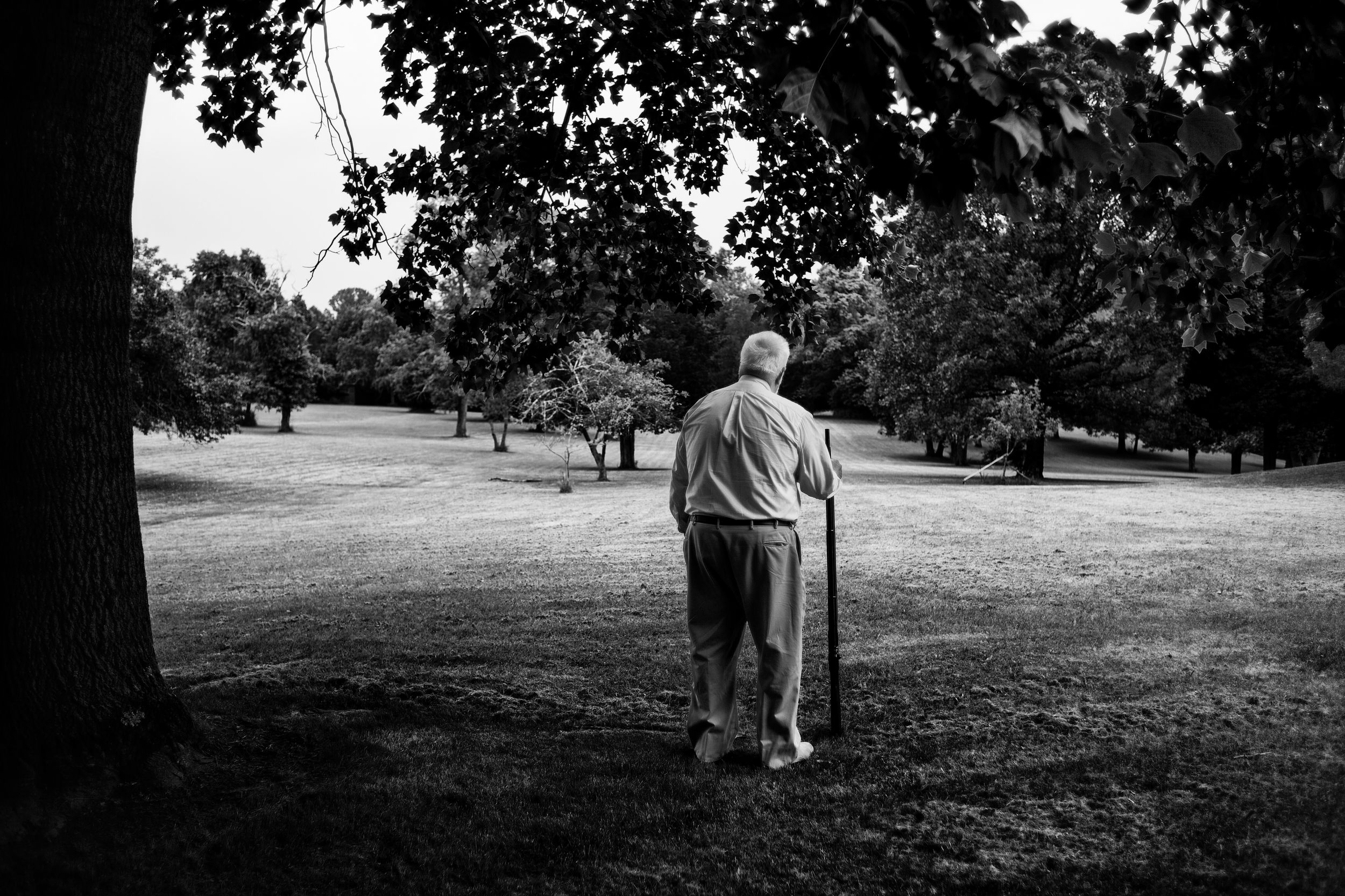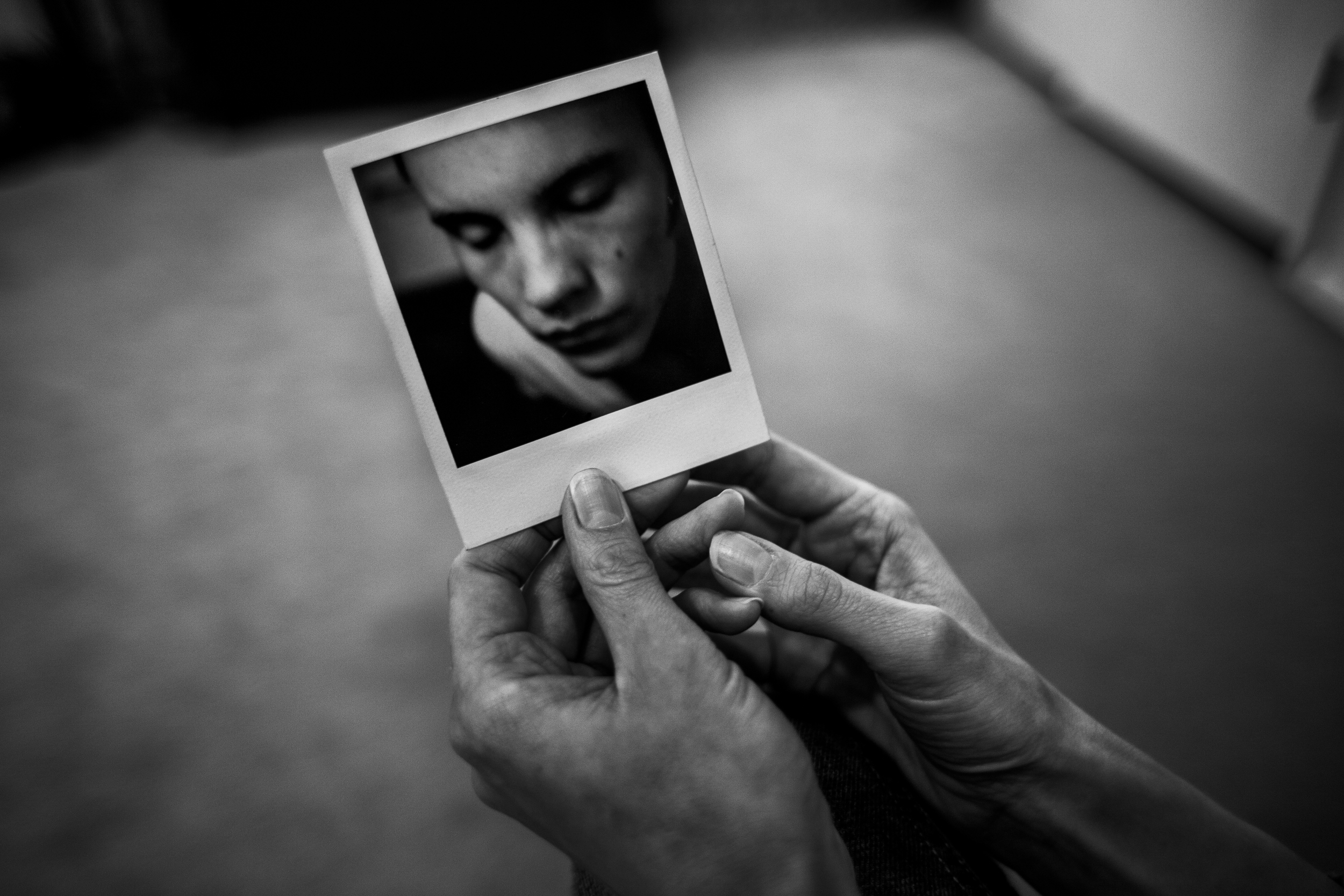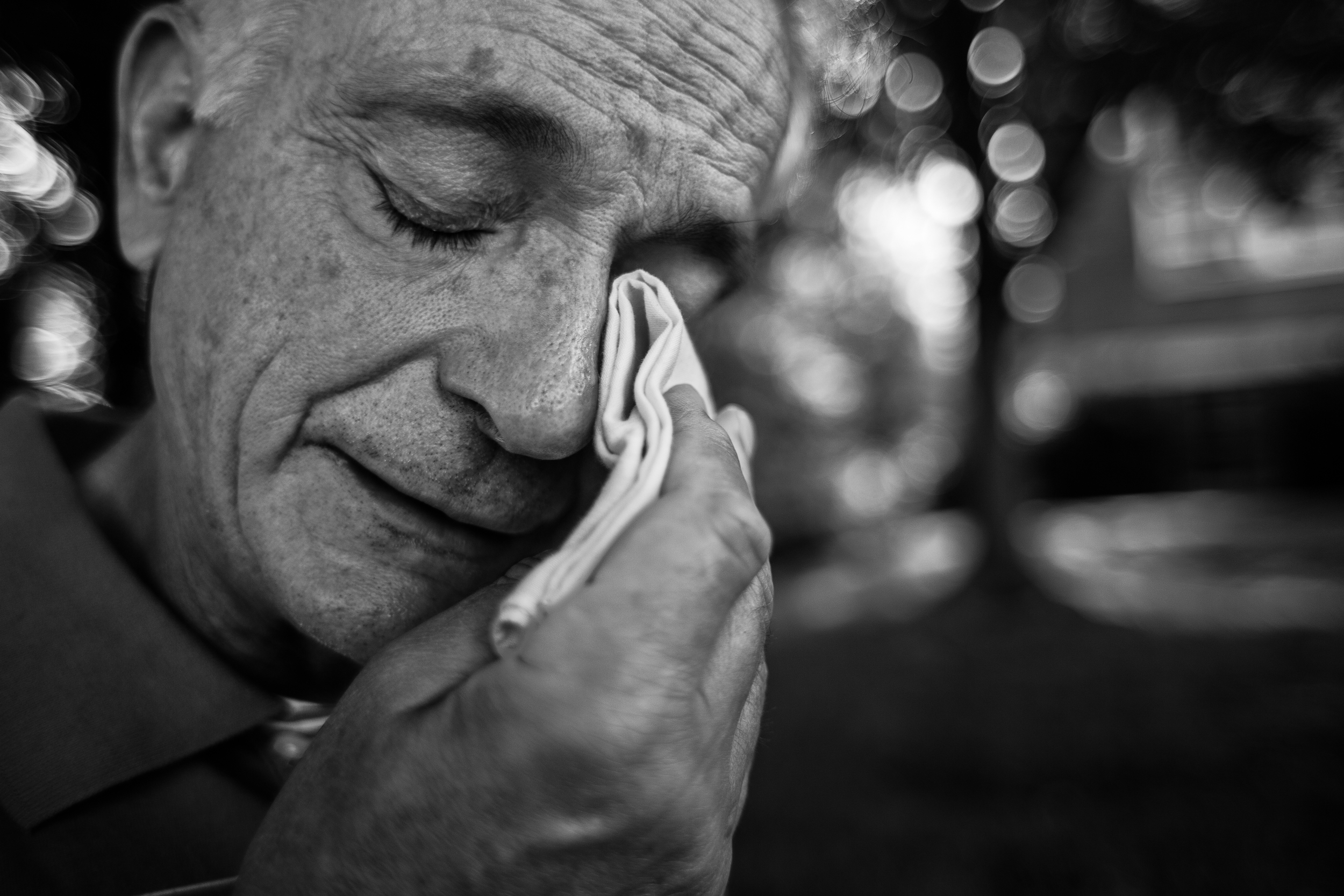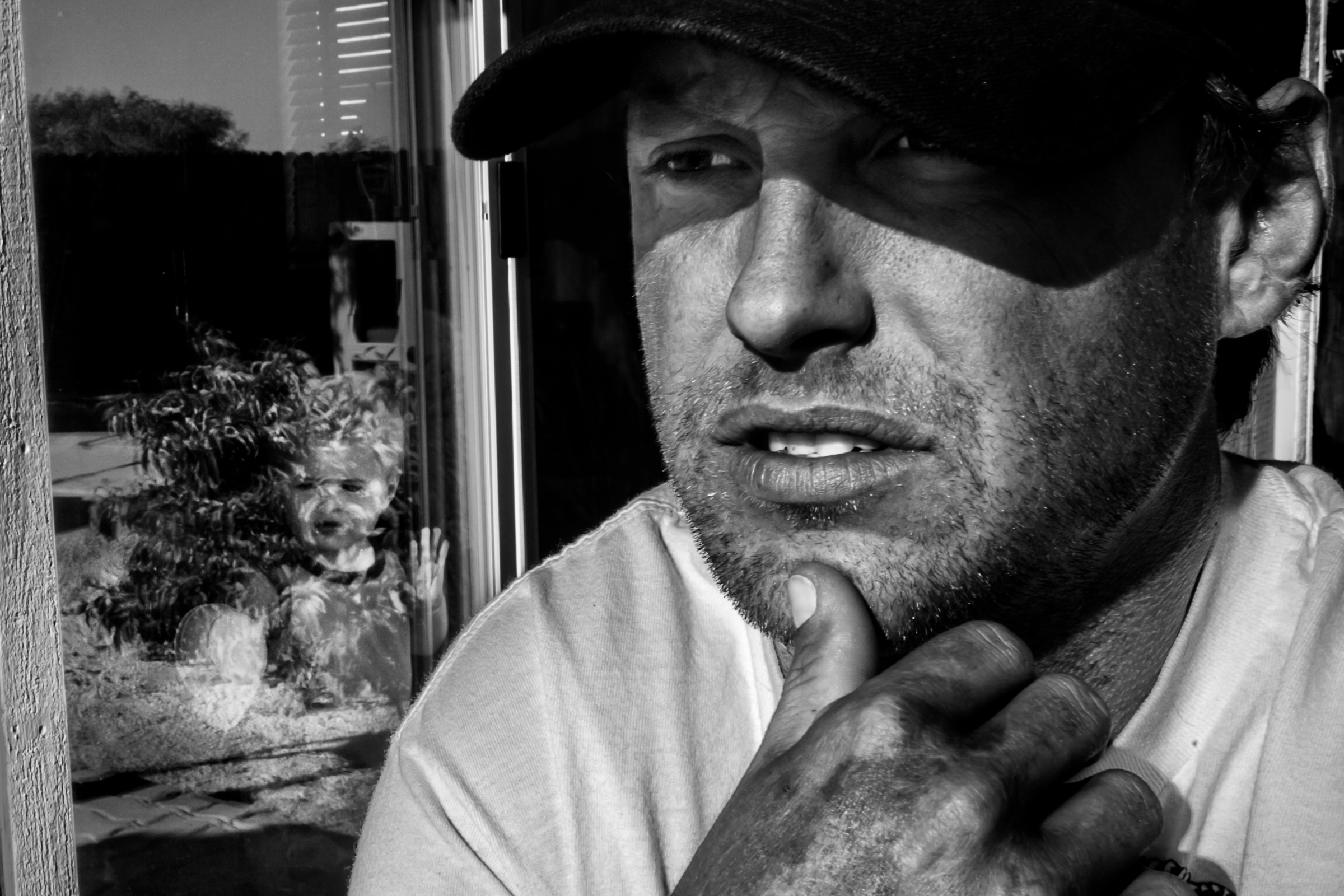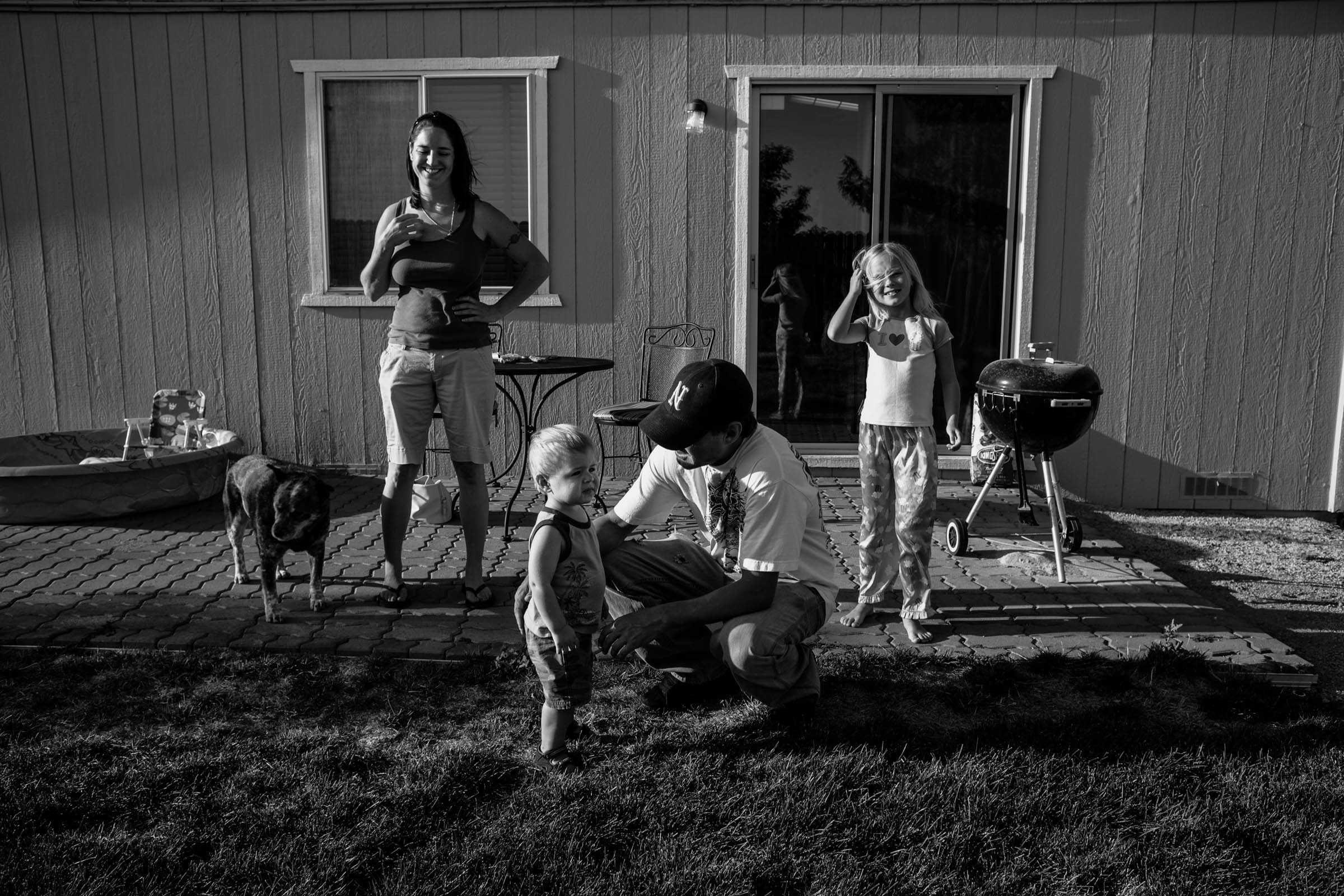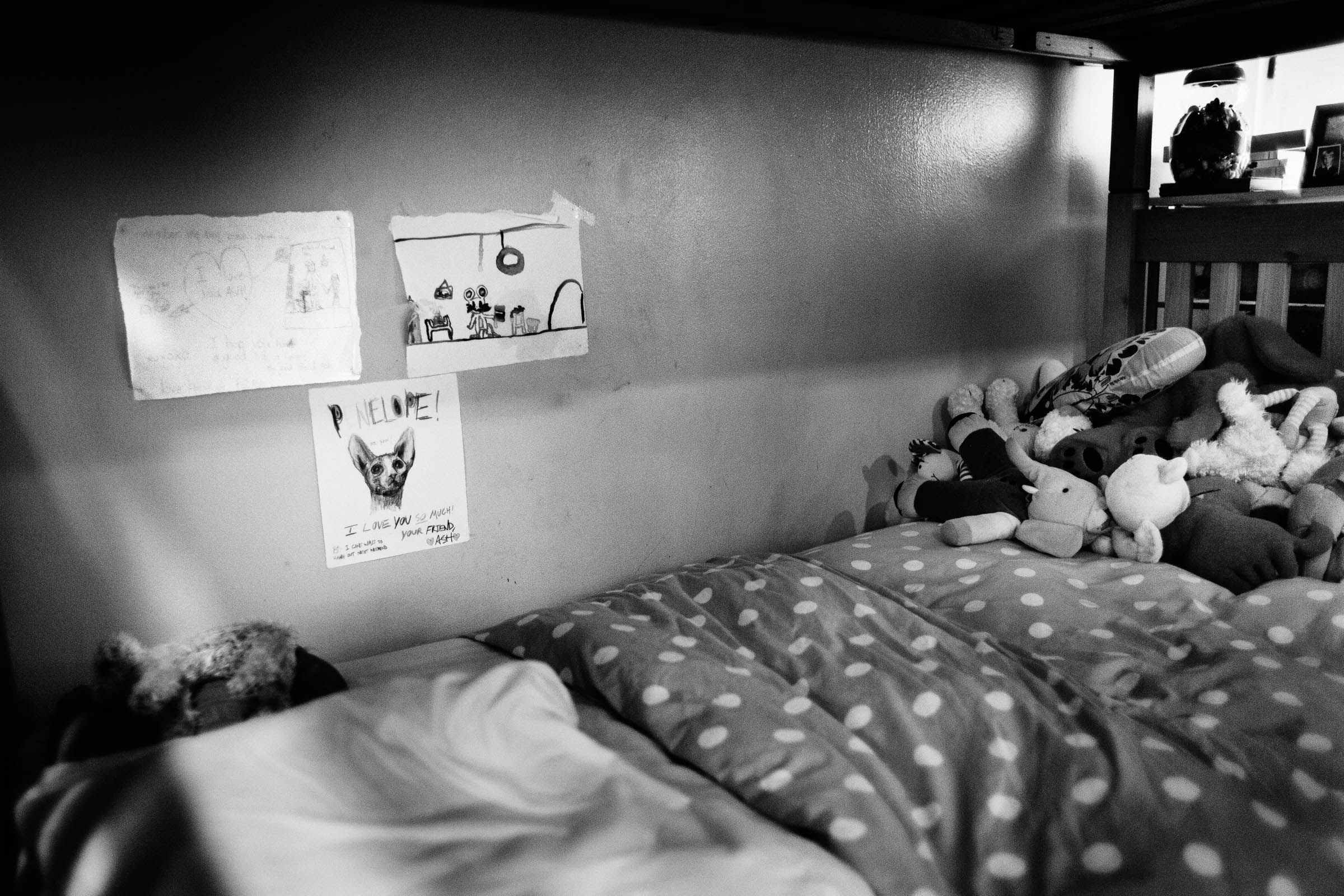Left Behind
“There is an epidemic. One that claims a million victims a year, leaving twenty million fractured lives in its wake.It is largely unspoken of and shrouded in stigma.Those left behind are the Suicide Survivors. These are their stories. Their stories are mine. On June 12, 2001, my father scrawled a goodbye note on a scrap of paper, strung a rope to a rafter, stepped off a stool and ended his life. For six years I never spoke of it, determined to bury my pain by living every day with a full agenda. It was a strategy that almost worked, pulling me forward in awkward strides. This was his choice and I refused to allow it to change me. But of course it did. How could it not? ” [Kerry Payne]
/
1
2
3
4
5
6
7
8
9
10
11
12
13
14
15
16
17
18
19
·
·
·
·
·
·
·
·
·
·
·
·
·
·
·
·
·
·
·


